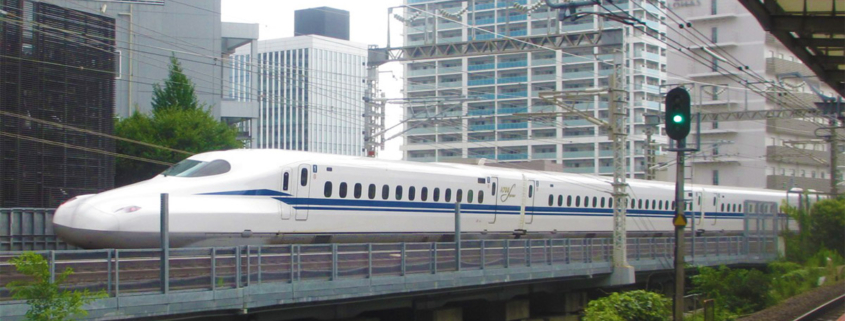The Death of Texas High-Speed Rail
Texas Central high-speed rail looks pretty much dead based on recent news of the CEO’s departure (Chronicle). Some key items from the articles:
A Spanish news site in Madrid, “La Informacion,” reported that the entire management team of Texas Central has departed, and the project has entered “a hibernation phase in search for financing.” …
“The unorthodox LinkedIn announcement speaks to the company’s lack of staff, lack of resources, and lack of leadership, with no successful path forward. No money, no permits, no progress…. It is abundantly clear that this project is more than dead in the water, especially when the captain jumps ship,” he added. …
Their press release included hints that the agreement between Japan and Texas Central may not be as solid as once accepted.
“Texas high-speed rail is collapsing before our eyes,” Rep. Kevin Brady, R-The Woodlands, a longtime skeptic of the plan, said in a social media post. “Today, with no leadership, no funding, no permits and no Washington bail-out from taxpayers, this project is dead.” …
Texas Central, meanwhile, has not paid its property taxes for land it already purchased, something critics in rural areas opposed to the train have said for months.
“The math never made sense,” Waller County Judge Trey Duhon said Tuesday morning. “It did not cash flow at $12 billion, much less the current price tag of $30 billion, that was before the recent inflation and escalation of costs.”
Even supporters in recent weeks have started to memorialize rather than champion the project. During his annual state of transportation remarks in May, Houston Mayor Sylvester Turner — who signed an agreement with Texas Central to support development of a train station at Loop 610 and Hempstead — lamented the project’s fate.
“I was hoping before I left office that at least a shovel would have been somewhere,” Turner said, joking he might build his own train. “Hopefully, it can be revitalized.”
The economics were only ever possible if Japan was willing to subsidize it as a jobs program and to show off their trains in America (hoping for future sales). The economics never made sense: to repay $30 billion in loans (far higher now with inflation), 6m annual riders would have to pay $255 a ticket on top of whatever it costs to operate the trains! Compare that to typical Dallas-Houston airfares of around $100, and the math does not look good at all…
Sadly, I think the biggest loser here is Texas A&M and College Station, which would have been boosted enormously with the only intermediate stop and fast access to both Houston and DFW.
I wonder how much the rise of remote work/Zoom, luxury bus services, and autonomous vehicle tech also factored into investor resistance? Businesspeople just don’t need to travel back and forth between Houston and Dallas like they used to, and when they do there are some very competitive options. Newer cars almost drive themselves on road trips while also getting you to your final destination and giving you local transportation, neither of which the train does.
My own prediction is that in the next decade there will be dedicated barrier-separated MaX lanes added to I45 that will accommodate very high-speed autonomous buses and other vehicles, probably north of 100+mph. Not as nice or fast as a 200+mph train, but an order of magnitude cheaper and with the flexibility of going between any two destinations rather than fixed stations.
If there is a silver lining, it is this: far better for it to die now completely unbuilt than to go bankrupt with the tracks half built or even fully built. What a white elephant scar on the state we’d have then, essentially forcing some sort of taxpayer bailout. I’m convinced that’s the California strategy: build an absurdly incomplete line in the central valley (imagine if Texas built a Huntsville to Corsicana line!), and then point out how silly it is to not complete the SF and LA ends until somebody comes up with the funding. Let’s just hope it’s the California taxpayers that end up on the hook for that boondoggle rather than all of us federal taxpayers…
This piece first appeared on Houston Strategies.
Tory Gattis is a Founding Senior Fellow with the Urban Reform Institute (formerly Center for Opportunity Urbanism) and co-authored the original study with noted urbanist Joel Kotkin and others, creating a city philosophy around upward social mobility for all citizens as an alternative to the popular smart growth, new urbanism, and creative class movements. He is also an editor of the Houston Strategies blog.



